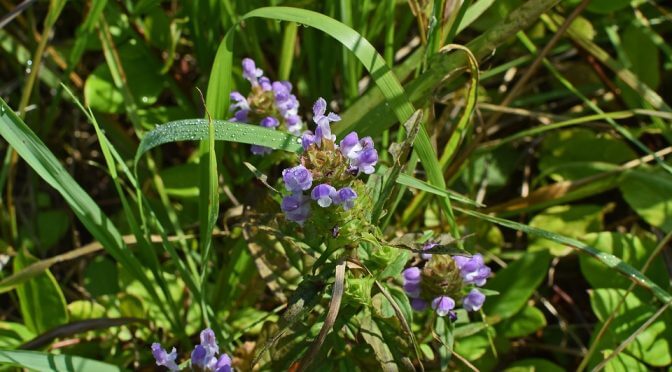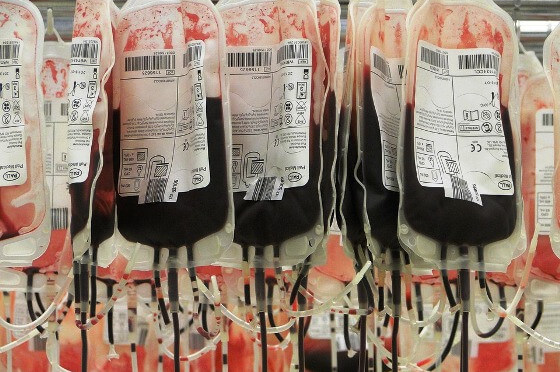Kulekhara botanically named as Hygrophila spinose T, in English it is called Swampweeds, in Hindi Talimakhana is a flowering plant with medicinal values. It is mentioned in Ayurveda that the plant Kulekhara, is derived from the word Kokilasha, meaning eyes like the Indian cuckoo bird,kokila. This plant is believed to be a native of India and is grown generally in the swamp areas under tropical or subtropical climate. The flowers of this plant are generally purple in colour and are commonly used for medicinal purpose. A well known pharmaceutical company Branolia Chemicals has researched and prepared Kulerron, which harnesses the goodness of the Kulekhara leaf to fight iron deficiency in the blood.
Traditional Uses of Kulekhara
The leaves of the Kulekhara plant are often used as a part of the daily cuisine especially in eastern India. The leaves are used in salad and also as a regular saag dish with small fish and mustard. Oil extracted from the entire plant has a huge amount of antibacterial properties which is helpful in various kind of illness. The leaf extract from Kulekhara is also used to cure diarrhoea, inflammation, pain abdominal disorders and anaemia. The seeds of this plant also have medicinal values and have been used in the treatment of several blood disorders and urinary problems.
Effects of Kulekhara Leaf
The various beneficial actions of the Kulekhara plant has been researched and studied in detail. Some of the important benefits are:
- Anti-inflammatory, analgesic and antipyretic action – The experiments on animal and isolated cells confirm the anti-inflammatory and antipyretic effect of H- Spinosa / Kulekhara. When it was administered to Brewster’s yeast induced pyrexia rats, the chloroform extract showed most effective in lowering the body temperature at doses 400 mg/kg of body weight.
- Hematopoietic effect- The leaves and stems of the Kulekhara plant have been used to treat anaemia, which denotes deficiency of iron in the blood is a condition suffered globally by people of all ages. It is known to increase the hemoglobin in the blood. A study was conducted on rodents and it was found to increase their level of red blood cell and WBC count. (Gomes, Manika Das an SC Dasgupta, Department of Physiology, the University of Calcutta, Published in Indian Journal of Experimental Biology, Vol 39, April 2001, pp 381-382, “Haematinic effect of Hydrophilia Spinosa on experimental rodents”.)
- Antioxidant activity– The herbs shows significant antioxidant properties which are highly beneficial for health. Antioxidants are also known to protect the body from damage caused by harmful molecules called free radicals. Experts believe this damage is a factor in the development of blood vessel disease (atherosclerosis), cancer, and other conditions.
- Antibacterial and anthelmintic action – The leaves and other extracts of the Kulekhara plant is highly antibacterial in nature. Antibiotic-like herbs are also known as astringent—meaning natural blood cleansers. The word anti (against)-biotic (life) refers to a list of pharmaceutical antimicrobials designed to kill harmful bacteria in the host body. They support the immune system and help to protect the body from certain harmful bacteria.
Kulerron from the house of Branolia Chemicals has Kulekhara as its main ingredient and is considered one of the best antidotes to cure the iron deficiency.



